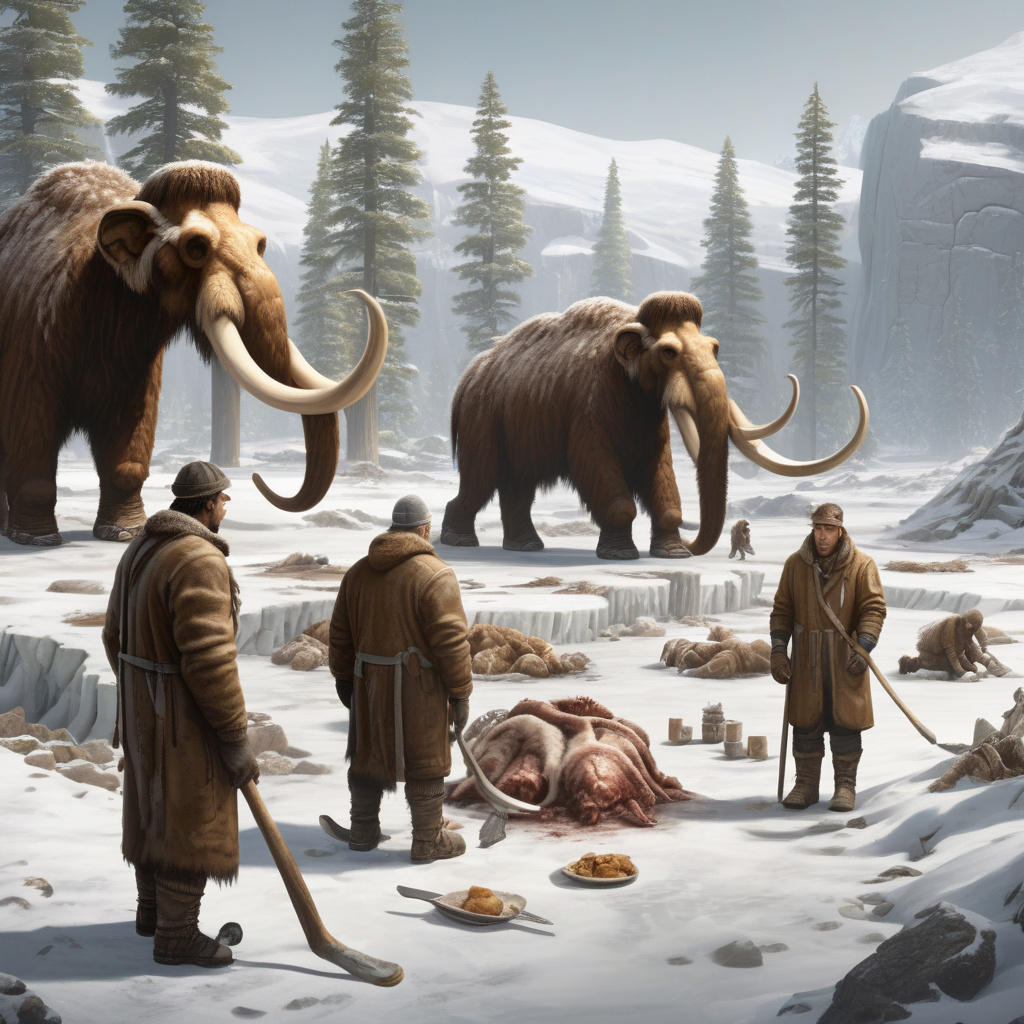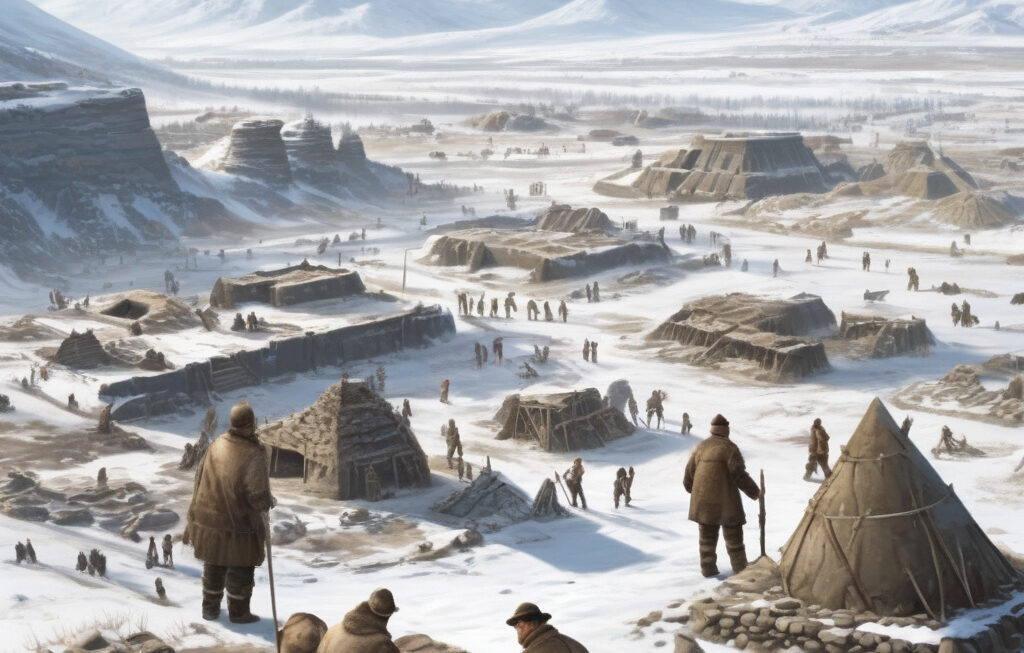“Sensational” Mammoth Butchery Sites Dating Back 25,000 Years Reveal Ice Age Survival
Scientists have made a “sensational” find at one of Austria’s most famous Palaeolithic sites, shedding light on the remarkable survival strategies of our Ice Age ancestors. The discovery of mammoth butchery sites dating back 25,000 years has provided valuable insights into how early humans thrived in harsh environments and utilized every available resource to ensure their survival.
The excavation, led by a team of archaeologists and researchers, uncovered evidence of sophisticated hunting and butchering techniques used by ancient humans to hunt and process mammoths for food, tools, and materials. The sheer size and strength of these prehistoric beasts made them a challenging yet rewarding target for early hunters, who devised innovative strategies to bring down these massive creatures.
One of the most intriguing aspects of this discovery is the level of organization and cooperation required for such large-scale hunts. It is believed that early humans worked together in coordinated groups to take down mammoths, utilizing a combination of tools, weapons, and strategic planning to ensure a successful hunt. The ability to collaborate and communicate effectively would have been essential for the survival of the group and the success of the hunt.
Furthermore, the efficient use of every part of the mammoth carcass highlights the resourcefulness and ingenuity of our ancient ancestors. Bones were crafted into tools and weapons, hides were used for shelter and clothing, and meat provided nourishment for the community. Nothing went to waste in the harsh environment of the Ice Age, where survival depended on the ability to adapt and innovate.
This discovery challenges previous assumptions about the capabilities and intelligence of early humans, showcasing their advanced hunting techniques and their deep understanding of the natural world. It also underscores the resilience and adaptability of our ancestors in the face of extreme environmental challenges, demonstrating their ability to thrive in even the most unforgiving landscapes.
The significance of these mammoth butchery sites extends beyond the realm of archaeology, offering valuable lessons for modern society. In a world facing increasing environmental pressures and resource scarcity, we can learn from the resourceful and sustainable practices of our Ice Age ancestors. By adopting a mindset of conservation and efficiency, we can ensure the long-term survival of our species and the planet as a whole.
As we marvel at the “sensational” discoveries made at these ancient mammoth butchery sites, we are reminded of the resilience, creativity, and adaptability of early humans. Their ability to not only survive but thrive in the most challenging of circumstances serves as an inspiration for us all as we navigate an ever-changing world.
#IceAgeSurvival, #AncientButcheryTechniques, #ResourcefulAncestors, #EnvironmentalAdaptability, #ArchaeologicalDiscoveries












